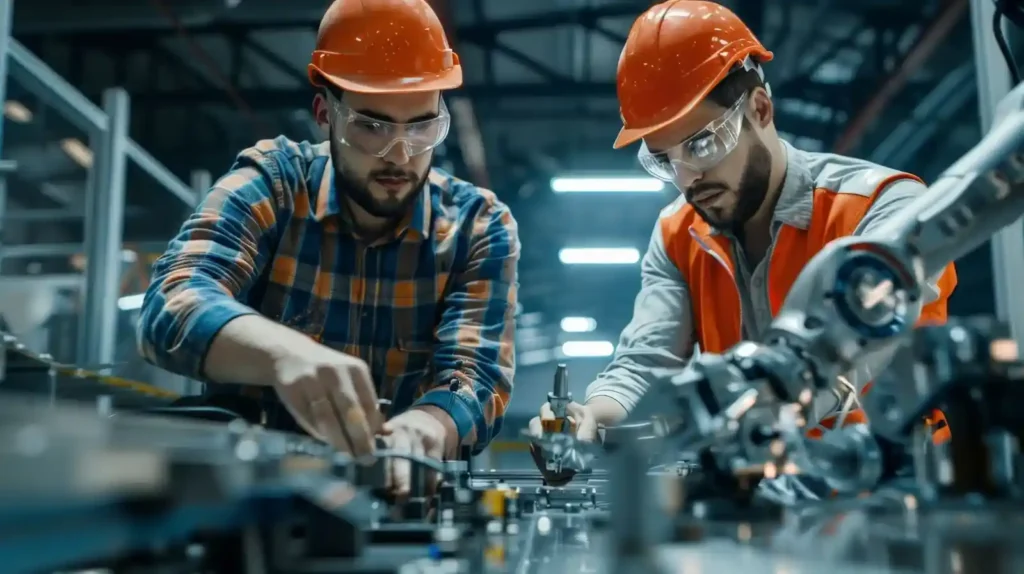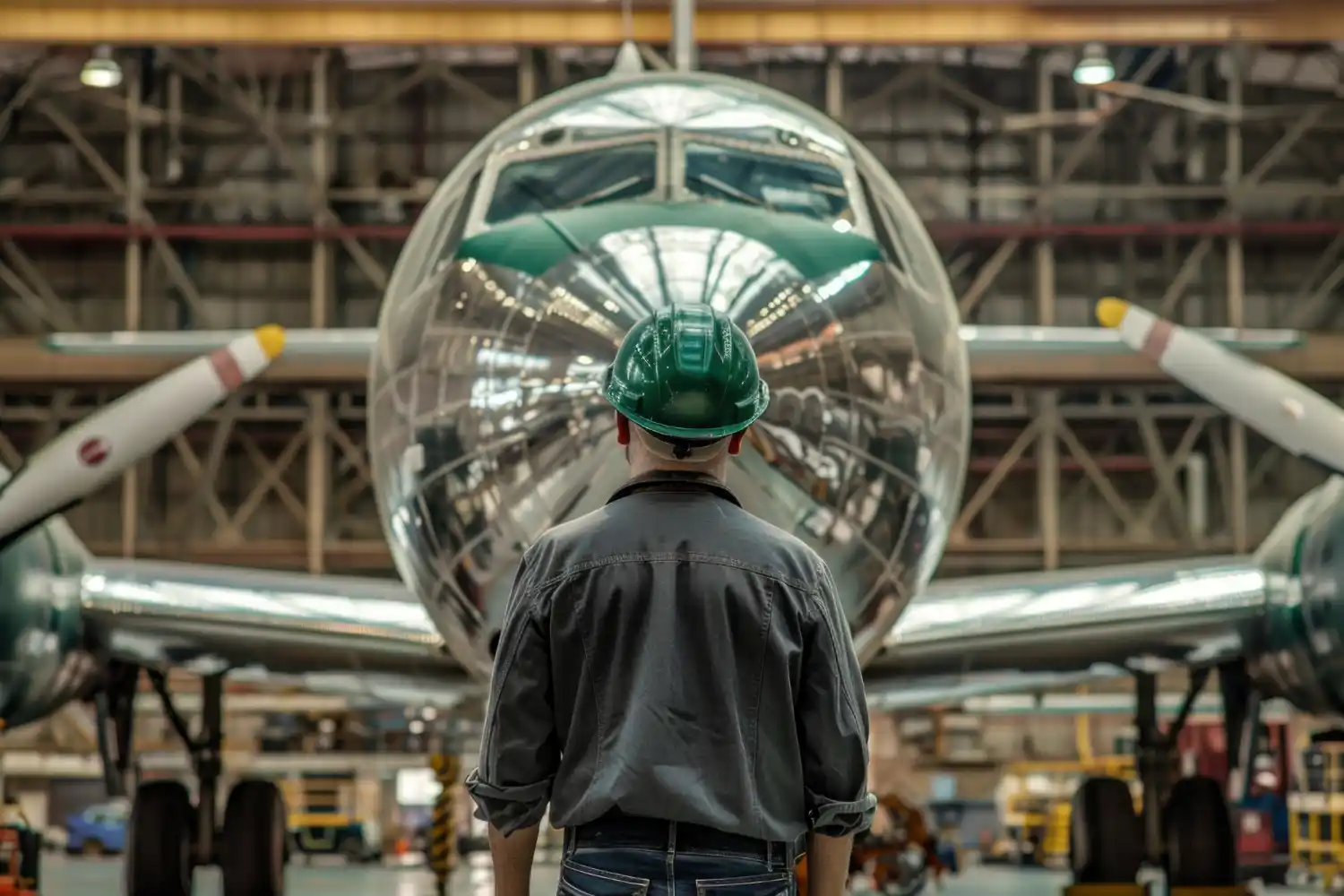Leading Reliability Testing Standards Shaping Aerospace Innovation and Safety in 2024
Keeping aerospace systems safe and innovative is essential in 2024
And reliability testing in aerospace is key to these advancements. It plays a crucial role in shaping aircraft design and meeting strict industry standards.
This blog looks at the main reliability testing standards that drive innovation and safety in the aerospace field.
The Importance of Aerospace Reliability Testing
Aerospace reliability testing is crucial to ensure that aircraft components and systems are reliable and efficient. This is especially true given that new planes are increasingly complex. Making it it important to know and calculate in advance how all the airplane components will interact with one another under various conditions.
In 2024, several factors emphasize the importance of reliability testing:
- Complex Aircraft Systems: Current generation aircraft have enhanced avionics, navigation, and propulsion systems. This complexity calls for evaluating these systems and their interactions and performance.
- Regulatory Compliance: The aerospace industry follows certain guidelines from the FAA and EASA. Reliability testing can, therefore, help manufacturers to meet these safety requirements.
- Safety Assurance: The primary goal of reliability testing is to identify potential problems that may lead to accidents, thus minimizing the risks for passengers and crew.
- Cost Efficiency: Although testing is costly, it is better to identify the issues early to avoid recalls and repairs, thus avoiding legal suits.
- Innovation and Competitive Advantage: Reliability testing enables manufacturers to test new technologies and materials and, therefore, be able to produce new products to meet market competition.
- Environmental Considerations: Testing also checks the durability of the various components by determining how they will work under different temperatures and humidity.
Key Aspects of Aerospace Reliability Testing
Understanding the key components of aerospace reliability testing is vital:
- Environmental Testing: This involves testing various conditions of the atmosphere to determine whether the airplane parts and pieces can withstand changes in temperature and pressure.
- Fatigue Testing: This tests the ability of materials to perform when subjected to stress several times, which is important for the material’s lifetime.
- Vibration Testing: Assesses how parts function in the presence of the shaking encountered during flight.
- Lifecycle Testing: Models the usage of components in order to estimate their failures and necessary maintenance.
- Failure Mode and Effects Analysis (FMEA): This process helps identify the areas of failure and the effects of failure to prevent failure.

Precision & Reliability in Aerospace
Due to aircraft advancements, the aerospace industry has called for a high level of accuracy and dependability. With the advanced technology and complicated systems, every component must be designed to deliver top performance and security.
- Enhanced Safety: Aviation is one of the most secure industries in the world. This is because most problems in the components are detected before they cause serious accidents.
- Improved Performance: Reliability is therefore associated with improved operational performance. If components are tested, their reliability and performance in the field will be enhanced. This results in improved fuel economy, reduced maintenance costs, and, therefore, improved aircraft performance.
Guidelines, for example, the RTCA DO-160 and MIL-STD-810, provide an outline for the testing of environmental and performance aspects of aerospace parts. They include various testing protocols, such as:
- Temperature and Humidity Testing: Components have to operate in various temperature and humidity conditions to meet their required performance levels.
- Vibration Testing: Since aircrafts are subjected to a lot of vibration during flight, the tests confirm that the parts are capable of withstanding these forces to prevent mechanical failures.
- Shock and Impact Testing: The parts are exposed to impact loads to determine their strength and reliability under abrupt loading conditions.
- Electromagnetic Interference (EMI) Testing: With advanced avionics, it is important to establish that systems are free from electromagnetic sources’ interference.
Testing aerospace components to these standards allows them to withstand the conditions of flight. This focus on accuracy and dependability generates confidence in consumers and encourages the development of new technologies in the aviation industry.
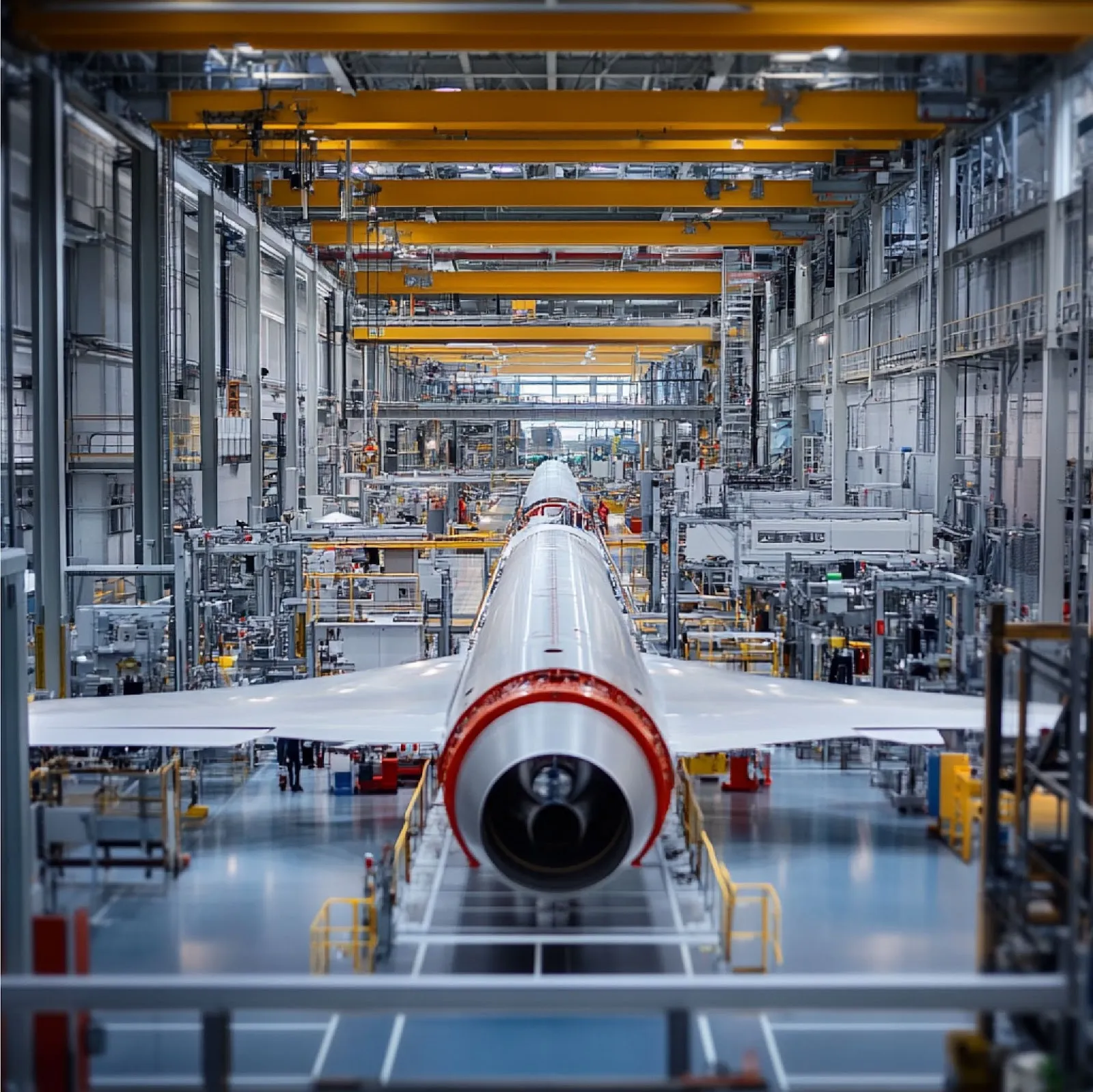
Evolving Aerospace Standards
The aerospace standard must be regularly revised to meet technological developments and industry needs. The aim should be to produce better test structures that incorporate different techniques, such as simulation, accelerated life test, and failure analysis.
- Simulation: This approach enables engineers to create virtual models of components and systems that will be installed in the actual product. They can estimate how these parts will behave in various conditions without the need for unnecessary rigorous tests.
- Accelerated Life Testing: This technique accelerates the durability testing of components used in different applications. It creates years of stress in a short time and allows potential failures to be identified before they occur in actual use.
- Comprehensive Failure Analysis: This process involves identifying the cause of failure. This failure data can help manufacturers improve their designs and production processes, thereby enhancing reliability.
These changing standards are necessary for addressing the issues arising from new technologies such as electric propulsion systems and new age composite materials. With these innovations becoming popular, there is a need to have rigorous validation measures to check on the effectiveness, dependability and efficiency of these innovations in actual practice.
Aerospace Reliability Through Rigorous Testing
Reliability testing is all about making sure every part of a system performs under real-world conditions. From testing durability in extreme temperatures to checking how components hold up under vibration, these tests help predict and prevent failures. Learn more about how Relteck’s reliability testing ensures the safety and performance of critical aerospace systems.
The Role of Aircraft Test Equipment
Reliability tests cannot be done without aircraft test equipment. Sophisticated equipment such as vibration test systems, environmental chambers, and fatigue testing machines are also used in the testing process. These tools assist the engineers in mimicking the actual scenarios and collect crucial information which is used to make decisions regarding the designs and check whether each part is capable of performing as required by the industry.
Here are the main benefits of aircraft test equipment:
- Vibration Test Systems: These systems determine the reliability of the components in a flight by subjecting them to conditions that are similar to a flight.
- Environmental Chambers: These chambers simulate conditions of temperature, humidity, and pressure to test components and ascertain whether they will function effectively in various conditions.
- Fatigue Testing Machines: These machines determine the material’s behavior under cyclic loading which is useful in estimating the material’s life and point of failure.
- Data Acquisition Systems: These systems collect and assess test data, allowing the engineers to obtain relevant data that will enable them to make proper decisions based on the system’s performance.
- Advanced Software Tools: These tools assist engineers in establishing models of complex systems and enable them to estimate the behavior of the various components in different working conditions.
By using these advanced tools, engineers can improve the reliability of aircraft components, ensuring safety and performance in the challenging aviation environment.
Reliability Testing for Aerospace Innovations
It is important to assure reliability for the sake of passengers and regulators in the aerospace industry. By 2024, as the industry introduces new technologies like self-flying aircraft and green aviation, the need for reliability testing will increase. This is because the testing is done to ascertain that these innovations are safe, effective, and safe for use.
Key aspects of reliability testing for aerospace innovations include:
- Safety Assurance: This way, all the possible threats are revealed so that new technologies will not threaten the lives of passengers.
- Regulatory Compliance: The regulations that must be met to gain approval from aviation authorities are very stringent, and therefore, reliability testing is an important part of the development process.
- Performance Validation: Thus, testing proves that new technologies function effectively in various conditions and situations and are reliable.
- Risk Mitigation: This is because any design or performance problems that are identified can be corrected before the system is actually used in real flight conditions.
- Consumer Confidence: Proving that testing is being done properly makes passengers more comfortable with new technology in aviation.
Therefore, the aerospace industry can address the issues associated with new technologies through reliability testing and achieve the best safety and performance standards.
Conclusion
Looking ahead to 2024, aerospace reliability testing is more important than ever.
With new precision and reliability standards, advances in aviation technology, and modern aircraft test equipment, the industry is prepared to face upcoming challenges.
By following strict aerospace standards, manufacturers can ensure their innovations are safe and help usher in a new era of aviation excellence.

Ben Chilwell
Proin eget tortor risus. Curabitur aliquet quam id dui posuere blandit. Vivamus suscipit tortor eget felis porttitor volutpat.

Ben Chilwell
Proin eget tortor risus. Curabitur aliquet quam id dui posuere blandit. Vivamus suscipit tortor eget felis porttitor volutpat.
Related Posts
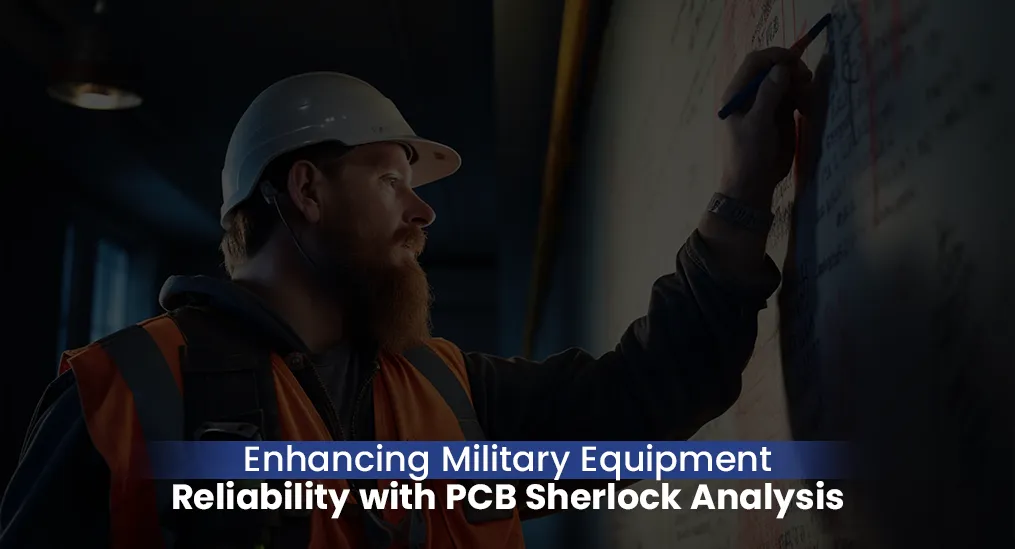
Enhancing Military Electronics Reliability with PCB Sherlock Analysis
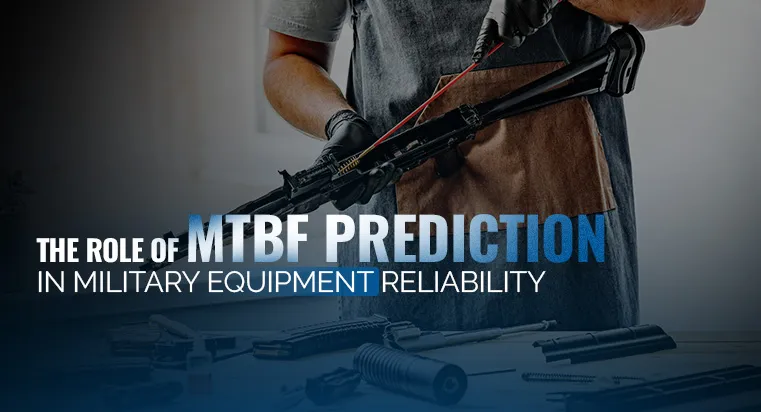
The Role of MTBF Prediction in Military Equipment Reliability
